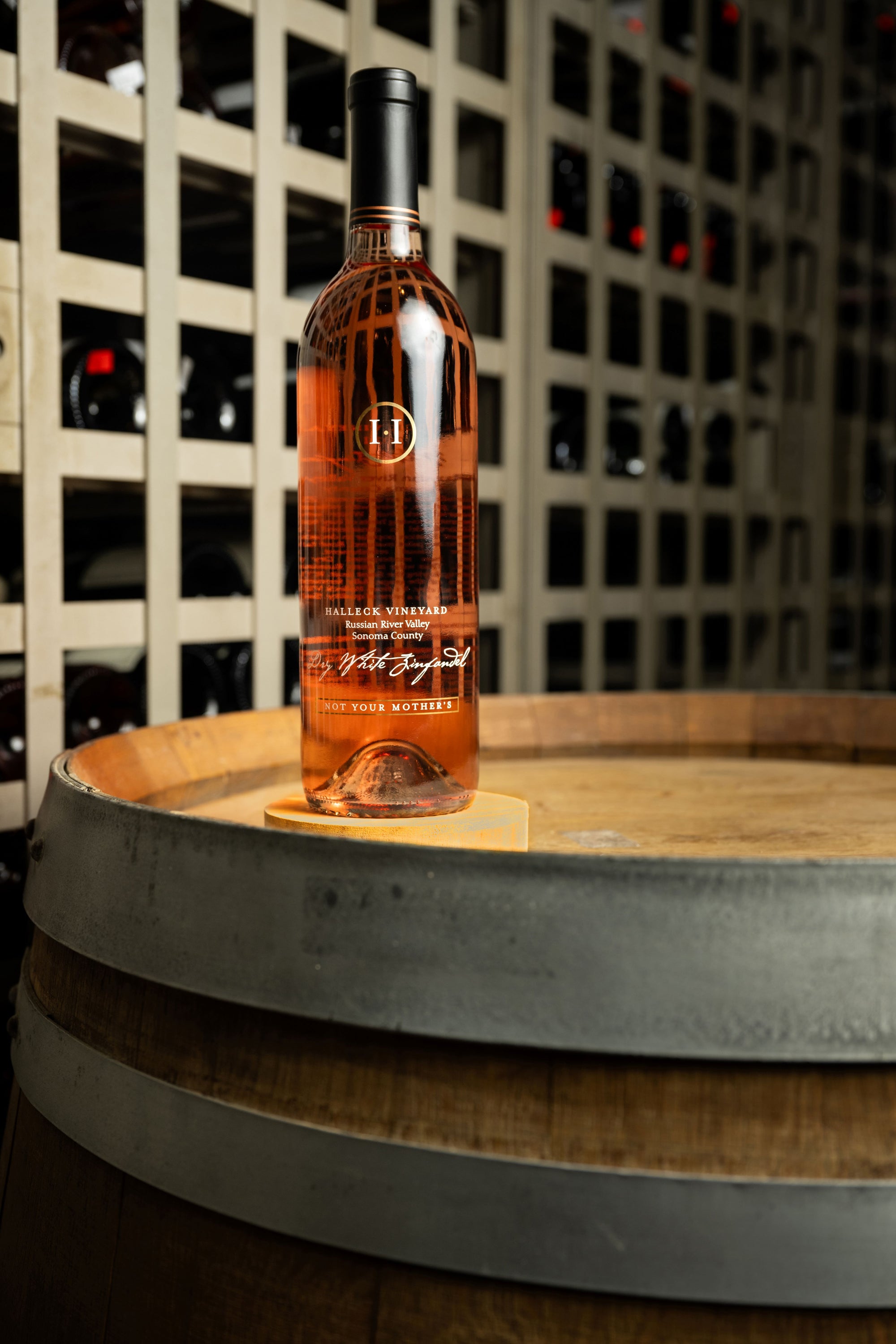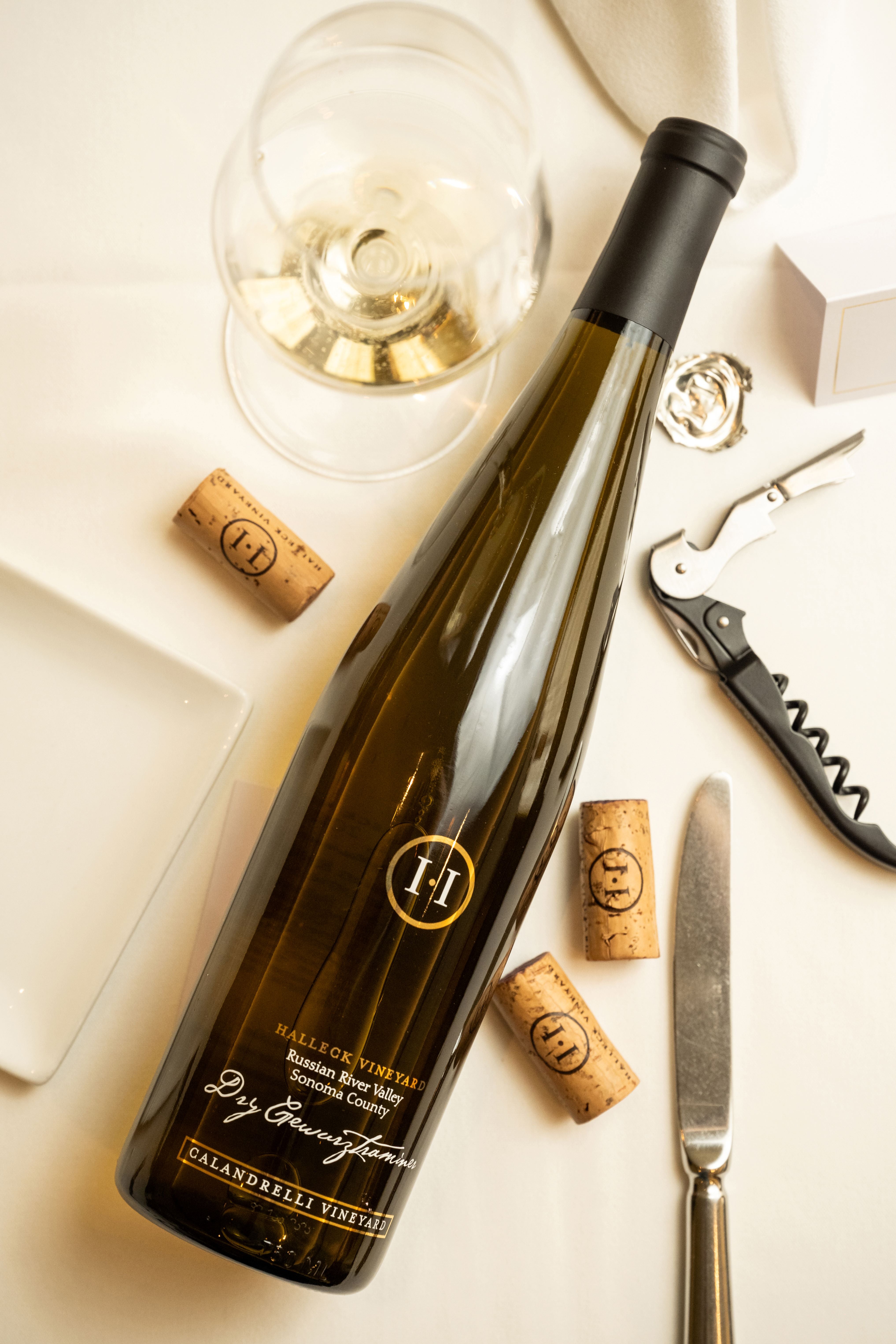Wineries With Artisan Chocolate Pairings In Sonoma - Wine Tasting And Vineyard Tours In Sonoma
Wineries That Offer Food Trucks On Weekends - A Guide To Sonoma Wineries
Wine tasting is an art that combines sensory experience with an appreciation for the nuances of various varietals. How to evaluate flavors in winery wine tasting sessions is pivotal to grasping the complexities of wine.
Engaging in a wine tasting includes greater than merely sipping and savoring. It requires a targeted strategy to determine aromas and flavors that each wine presents. As you start, observe the wine's appearance, noting its color and readability. These visible cues usually counsel a wine’s age, grape selection, and even potential flavor profiles.
The next step in the tasting process is to swirl the wine in your glass. This action releases fragrant compounds which would possibly be important for analysis. Lean in and take a second to inhale deeply; the aromas can range from floral and fruity to spicy and earthy. The nose of the wine is just as essential as the palate, and recognizing scents plays a significant role in understanding the general experience.
When taking your first sip, permit the wine to maneuver across your palate - Wineries Near Santa Rosa. Discover the preliminary flavors that present themselves. Is the wine fruity, floral, or perhaps herbaceous? This initial style provides insight into what the wine is more likely to express as you proceed to gauge it. The mouthfeel also contributes to the overall flavor experience; it could be silky, tannic, and even effervescent.
Wineries That Offer Barrel Tastings - Sonoma Wine Tasting Spots
As you continue tasting, take note of the wine’s stability. A well-balanced wine will harmonize acidity, sweetness, and tannins. If one component overwhelms the others, it would indicate a much less desirable quality. Evaluating stability might help you determine how nicely the wine would possibly pair with food.
Transitioning to the end, contemplate how the flavors evolve because the wine lingers in your palate. A long, pleasant finish can point out a high-quality wine, whereas a brief or abrupt finish might suggest otherwise. Reflect on whether or not the flavors stay constant or if new notes emerge as the wine settles. This progression can reveal complexities and intricacies that might not have been obvious within the initial tasting.
Temperature can be a crucial consider evaluating wine flavors. Completely Different kinds of wine are optimally enjoyed at specific temperatures. White wines usually shine when chilled, while red wines typically carry out greatest at room temperature. When tasting, make sure the wine is on the acceptable temperature to fully recognize its character.
Wineries Known For Handcrafted Wines - Vineyard Tasting Events In Sonoma County
Pairing food with wine can greatly enhance the tasting experience. Meals can affect the perception of flavors in wine, either highlighting sure traits or diminishing them. When evaluating flavors, contemplate how the wine interacts with different foods, noticing which flavors are amplified or muted (Sonoma's Top Sparkling Wine Producers).
Think About the influence of terroir as you have interaction in a winery tasting. Terroir encompasses the unique environmental factors that affect grape growing, together with soil composition, climate, and geography. Understanding a wine's terroir can present insight into its flavors and aromas, fostering a deeper appreciation for the alternatives made throughout its cultivation and production.
Training plays a basic role in enhancing one's capacity to gauge wine flavors. Studying about grape varieties, wine regions, and manufacturing methods can pave the way for more knowledgeable judgments during tastings. Moreover, attending workshops or classes can refine sensory skills and broaden your flavor vocabulary, enabling you to articulate tasting notes more successfully.
Lastly, it's important to remember that evaluating wine flavors is find out a highly personal experience. Individual preferences and perceptions will invariably shape one’s tasting journey. Enjoyment should be at the forefront, with the evaluation process acting as a tool to enhance understanding and appreciation rather than create rigid guidelines.
Wineries With Unique Tasting Experiences - Wineries With Outdoor Tastings In Sebastopol
In conclusion, mastering tips on how to evaluate flavors in winery wine tasting sessions includes a mixture of sensory engagement, data, and practice. By studying to identify aromas, assess the stability, and appreciate the intricacies of flavor, wine enthusiasts can deepen their connection to every bottle they encounter. As with any art form, the more one immerses themselves within the experience, the extra they will discover and enjoy the huge world of wine.
- Begin by observing the wine's colour and clarity, as these visible parts can trace at its flavor profile and getting older potential.
- Swirl the wine gently in your glass; this releases fragrant compounds, permitting you to better identify the complicated scents associated with the wine.
- Take a deep inhale before tasting, focusing on both primary and secondary aromas to collect insights on fruits, spices, and other nuances.
- When tasting, permit the wine to coat your palate; note the preliminary flavors, the mid-palate complexity, and the end as these levels can present totally different flavor highlights.
- Pay consideration to texture and mouthfeel, as features corresponding to tannin ranges, acidity, and sweetness contribute considerably to the general tasting experience.
- Examine flavors towards normal wine traits; for purple wines, think about berry notes, oak influence, and herbal tones, whereas whites could embody citrus, stone fruits, and floral hints.
- Take notes in the course of the tasting session to trace your impressions, helping you to remember and evaluate the completely different wines sampled.
- Focus On your findings with fellow tasters or winery workers, as sharing insights can improve understanding and appreciation of individual flavors.
- Allow time for the wine to breathe; sometimes, flavors evolve and reveal new dimensions after being uncovered to air.
- Experiment with food pairings in the course of the tasting as they will dramatically alter how flavors are perceived, influencing general enjoyment.undefinedWhat should I search for when evaluating the aroma of wine throughout a tasting?
Start by swirling the wine in your glass to release its aromas. Deliver the glass to your nostril and take a deep breath. Pay attention to the first scents you detect, as these are sometimes probably the most prominent. Look for fruit, floral, natural, or earthy notes and try to identify particular traits, which will deepen your understanding of the wine's complexity.
Innovative Wine-Making Techniques In Sonoma Valley - Exploring The Vineyards In Sonoma County

How can I distinguish between completely different flavor profiles in wine?
Understand that flavor profiles are often categorized as fruit, floral, herbaceous, spicy, or mineral. Take small sips and permit the wine to coat your palate. Notice the first flavors that emerge first and the subtle notes that observe. This layering is essential in distinguishing the wine's characteristics and will assist you to appreciate its distinctive profile.
Spectacular Vineyard Views In Sonoma - Sebastopol Area Wine Tasting
What is YOURURL.com the significance of the wine's texture in a tasting?

The texture of the wine, also referred to as mouthfeel, performs a crucial position in how we perceive flavors. Pay attention as to whether the wine feels smooth, creamy, or gritty. The physique of the wine (light, medium, or full) can improve or contrast with flavors, offering a extra rounded experience during tasting.
How do I assess the steadiness of flavors in wine?
Balance in wine refers again to the harmony between acidity, sweetness, tannin, and alcohol. Take a moment to evaluate whether these elements complement or intrude with each other. A well-balanced wine will have none of its elements overpowering the others, creating a nice tasting experience.
Wineries Renowned For Cabernet Sauvignon In Sonoma - Greatest Wine Tasting Locations In Sonoma
What function does temperature play in evaluating wine flavors?
Temperature can significantly impression the perception of flavors. Typically, red wines are finest served slightly beneath room temperature, while white wines take pleasure in being chilled. As the temperature changes, the aromas and flavors can shift, permitting you to understand totally different traits. It’s essential to style wine at its optimum temperature for true evaluation.
Wineries With Unique Varietals - Top Sonoma Wine Tasting Destinations
How can I enhance my tasting skills over time?
Practice is essential to improving your tasting skills. Wineries Offering Virtual Wine Tastings. Attend tastings, keep a journal of your experiences, and discover several varieties of wines to broaden your palate. Additionally, learning about wine manufacturing and grape varieties can provide context that enhances your evaluation course of, making you a more informed taster.
Is there a particular order in which I should style the wines?
Wineries With Unique Gamay Wines - Discovering Sonoma Area Wineries
Sure, it’s advisable to taste wines from light to full-bodied and dry to sweet. This development prevents the stronger flavors from overshadowing the extra delicate ones, allowing you to completely recognize every wine's characteristics and nuances without palate fatigue.
How can I evaluate the aftertaste of wine?
Interactive Wine Tasting Experiences In Sonoma - Top Sonoma Wineries To Visit
The aftertaste, or finish, is a vital facet of the wine-tasting experience. After swallowing, pay attention to how long the flavors linger on your palate and whether they change. A lengthy, nice end is usually an indicator of a high-quality wine, while a short or unpleasant finish could counsel in any other case.
Why is it essential to note the wine’s acidity during tasting?
Acidity contributes to the general freshness and construction of the wine. Pay consideration to the tingling sensation on your tongue; higher acidity can enhance the wine's liveliness and steadiness out sweetness. Noting acidity helps decide the wine's versatility with food and its growing older potential.
What should I do if I struggle to establish particular flavors in wine?
Vintage Wine Tasting Experiences In Sebastopol - Vineyards In The Sonoma Region
Struggling to determine flavors is widespread, especially for newbies. Focus on broader categories and describe what you'll have the ability to recognize, similar to sweet or earthy notes. With practice, reading about different flavor profiles, and perhaps using flavor wheels, you may refine your senses and develop a extra nuanced method to tasting.